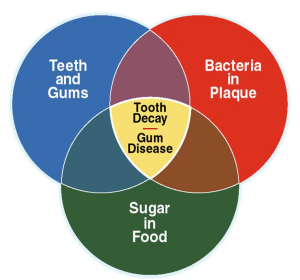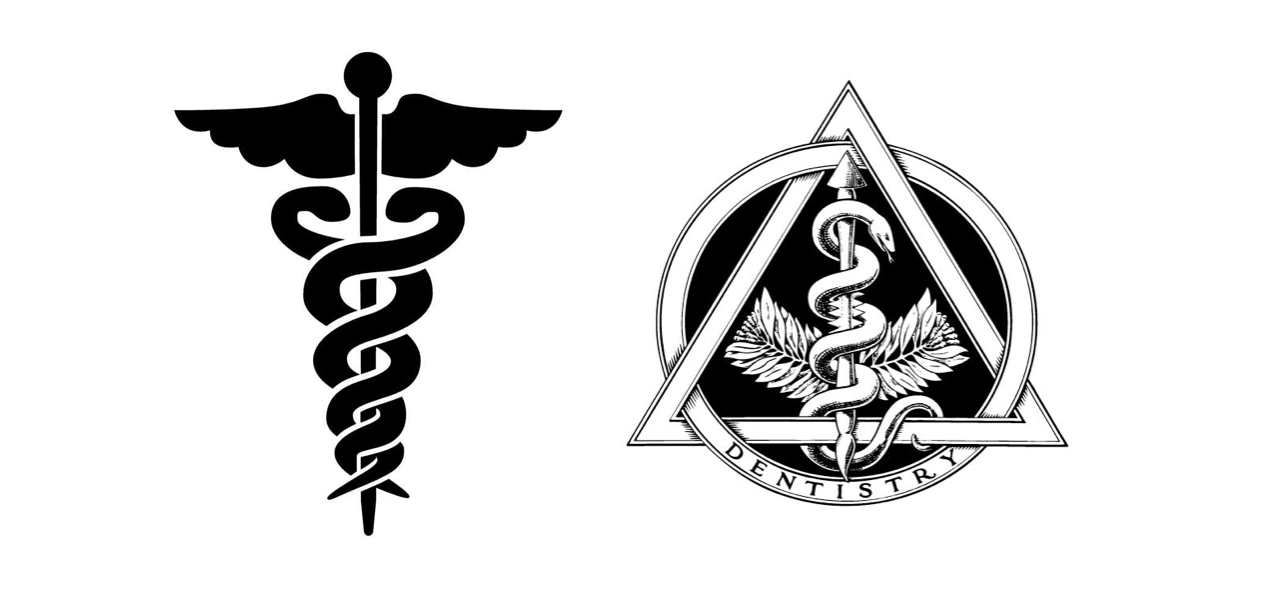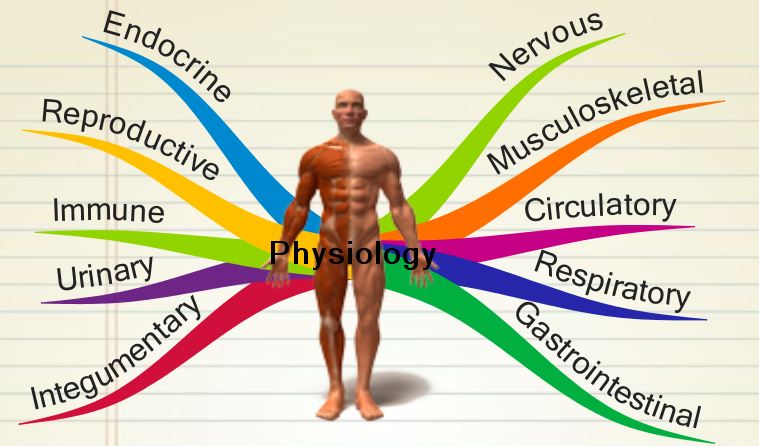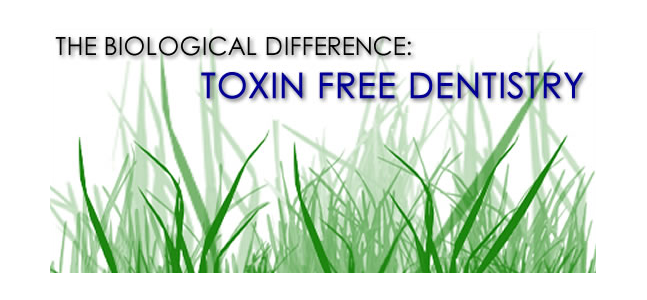
Minimally Invasive Dentistry and Prevention
- December 3, 2016
- Michael Baylin
- Biological, Cosmetic, General Information, Integrative
What is Minimally Invasive Dentistry?
The emphasis is on dedicated homecare, regular hygiene and recare visits, and prevention.
Minimally invasive dentistry is also about performing the least amount of dentistry needed to restore teeth to their normal condition and strength. This includes:
- Caries (Cavities) Risk Assessment – At dental visits, we assess and identify risk factors in order to help prevent or reduce cavities.
- Remineralization – Early tooth decay can often be arrested and reversed with simple treatments that restore minerals in the teeth, rather than the more typical drill and fill approach.
- Techniques and Materials – The goal is to conserve tooth structure when restoring a tooth. Mercury fillings weaken tooth structure by expansion. Composite resins and ceramics, on the other hand, strengthen tooth structure as a result of their ability to bond organically to the tooth.
- Cad/Cam or Cerec/Inlays and Onlays – Cad/Cam is an in-office computer system that enables us to restore teeth in need of major repair in one visit. Whenever possible, porcelain inlays and onlays are recommended instead of crowns, since they are more conservative restorations and require less tooth preparation.
- Lasers – A laser is an instrument that produces a very narrow, intense beam of light energy. Lasers are less invasive than traditional instruments (drills, cutting tools) and more precise. There is less bleeding and minimal pain during treatment. And, after treatment, there is less swelling and less post-operative pain. Treatment procedures are easier for the patient to tolerate and healing time is reduced.
- Extractions – If the roots of a tooth are flared and extracting the tooth would destroy massive amounts of bone, sectioning the tooth and removing the roots individually is minimally invasive to the patient and the bone structure.
- Night Guards – Many people grind and clench their teeth. These habits are damaging to the teeth and can also be the cause of facial pain, headaches, and TMJ problems. Night guards protect the teeth from damage and put the jaw in a comfortable position.
- Biomimetic Dentistry – Translated literally, biomimetic means to copy what is life-like. Biomimetic dental restorations involve techniques and materials that reduce stress on natural tooth structure. Traditional approaches to treating damaged and decayed teeth are typically more aggressive in removing tooth structure and often use amalgam restorations and metal crowns.
- Digital Radiography – Our intention is to keep radiation exposure as low as possible. Digital xrays produce instant images that expose patients to less radiation. We recently added 3-D computer technology. These 3-dimentional, detailed images allow us to better diagnose and understand the true extent of dental disease and therefore provide the most appropriate treatment.
Related Posts


The Pioneers of Integrative Dentistry
Integrative Dentistry is a medical approach to dentistry that considers the effects dental treatments, dental…

Holistic and Biological Dentistry
Holistic and biological dental treatments work in harmony with the body’s natural ability to heal and…
This Post Has One Comment
Comments are closed.












Pingback: propecia apteka online